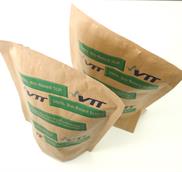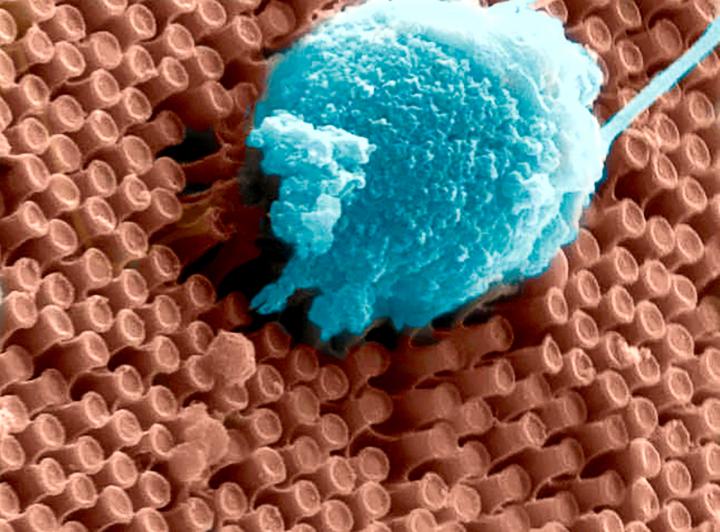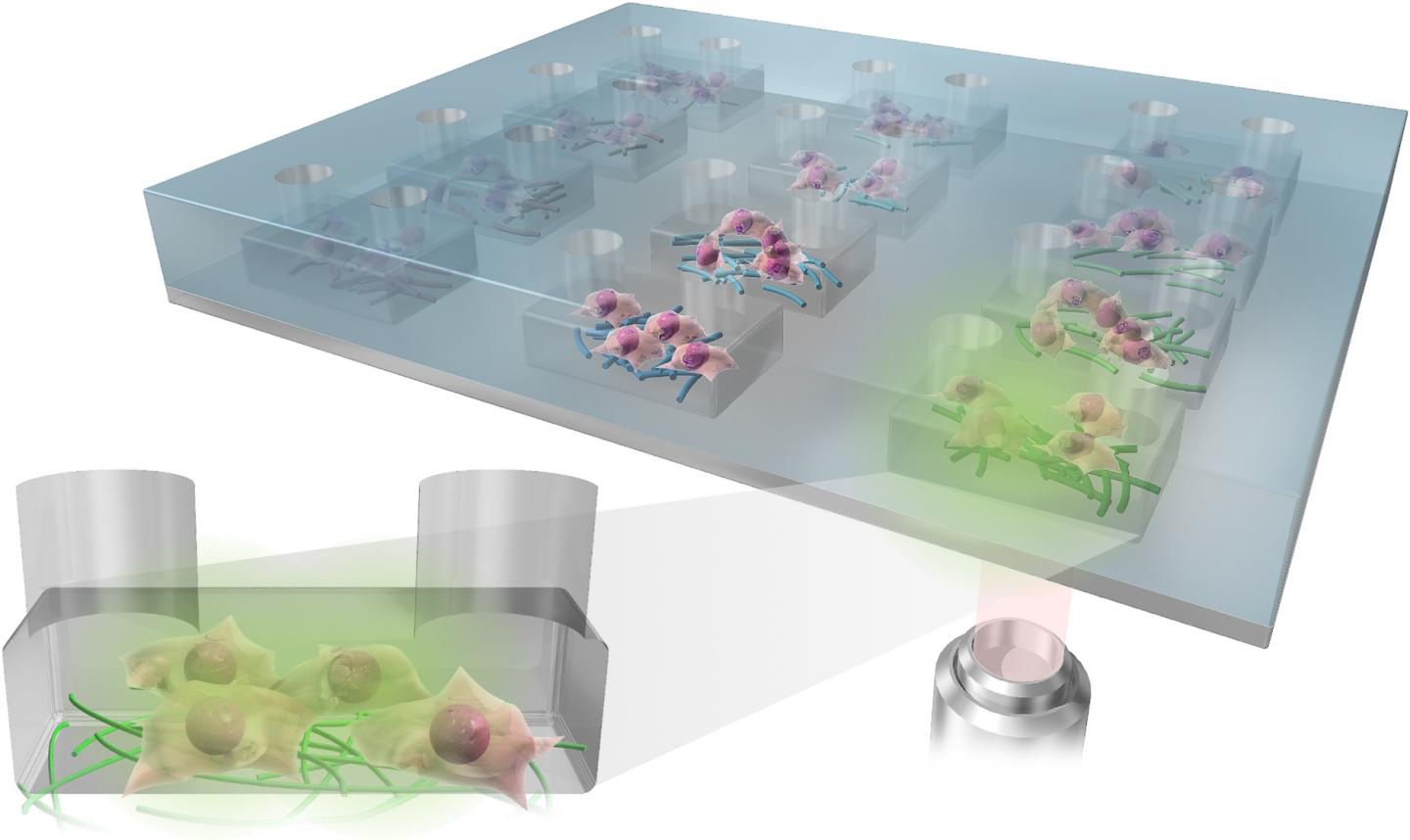Coming soon (April 22, 2017) to a city near you is a US ‘March for Science’. The big one will be held in Washington, DC but some 400 satellite marches are planned in cities across the US and around the world.
The Canadian Science Policy Centre has organized two panel discussions (one in Toronto and one in Ottawa) as a prelude to those cities’ marches,
A ‘March for Science’ is set to take place in over 400 locations around the world, including in Ottawa and Toronto, on April 22nd [2017]. The Canadian Science Policy Centre (CSPC) invites you to attend public panels discussing the implications of the march.
To RSVP for the Ottawa event [4:30 pm – 6 pm EDT], please click here
To RSVP for the Toronto event [4:30 – 6:30 pm EDT] please click here
The Ottawa panel features:
Paul Dufour
Paul Dufour is a Fellow and Adjunct Professor at the Institute for Science, Society and Policy in the University of Ottawa and science policy Principal with PaulicyWorks in Gatineau, Québec. He is on the Board of Directors of the graduate student led Science Policy Exchange based in Montréal, and is member of the Investment Committee for Grand Challenges Canada. Paul Dufour has been senior advisor in science policy with several Canadian agencies and organizations over the course of the past 30 years. Among these: Senior Program Specialist with the International Development Research Centre, and interim Executive Director at the former Office of the National Science Advisor to the Canadian Government advising on international S&T matters and broad questions of R&D policy directions for the country. Mr. Dufour lectures regularly on science policy, has authored numerous articles on international S&T relations, and Canadian innovation policy. He is series co-editor of the Cartermill Guides to World Science and is the author of the Canada chapter for the UNESCO 2015 Science Report released in November 2015.
Dr. Kristin Baetz
Dr. Kristin Baetz is a Canada Research Chair in Chemical and Functional Genomics, Director of the Ottawa Institute of Systems Biology at uOttawa, President of the Canadian Society for Molecular Biosciences.
Katie Gibbs
Katie Gibbs is a scientist, community organizer and advocate for science and evidence-based policies. While completing her PhD at the University of Ottawa researching threats to endangered species, she was the lead organizer of the ‘Death of Evidence’ rally which was one of the largest science rallies in Canadian history. Katie is a co-founder and Executive Director of Evidence for Democracy, a national, non-partisan, not-for- profit organization that promotes science integrity and the transparent use of evidence in government decision-making. She has a diverse background organizing and managing various causes and campaigns including playing an integral role in Elizabeth May’s winning election campaign in 2011. Katie is frequently asked to comment on science policy issues and has been quoted and published in numerous media outlets, including the CBC, The Hill Times, the Globe and Mail and the National Post.
Professor Kathryn O’Hara
Professor Kathryn O’Hara has been a faculty member in the School of Journalism and Communication at Carleton University since 2001. She is the first person to hold the School’s CTV Chair in Science Broadcast Journalism, the first such chair of its kind in anglophone Canada. A long-standing broadcast journalist, Professor O’Hara is the former consumer columnist with CBC’s Midday , a former co- anchor of CBC’s Newsday in Ottawa, and the former host of Later the Same Day , CBC Radio Toronto’s “drive-home” program. Her work has also appeared on CBC’s Quirks and Quarks and Ideas programs. Three years before coming to Carleton University, Professor O’Hara was an independent health and science producer for outlets such as RTE and CBC. She serves on the Science and Technology Advisory Boards for Environment Canada and Health Canada and chairs the EC panel on Environment and Health. She is an Associate Professor with the Carleton School of Journalism and Communication.
The Toronto panel is organized a little differently:
Canadian Science Policy Centre in collaboration with Ryerson University’s Faculty of Science presents a panel discussion on the ‘March for Science’. Join us for coffee/tea and light refreshment at 4:00pm followed by the panel discussion at 4:30pm.
Light reception sponsored by Ryerson University’s Faculty of Science
Dr. Imogen Coe
Dr. Imogen R. Coe is currently the Dean of the Faculty of Science at Ryerson University. Imogen possesses a doctorate (Ph.D.) and masters degree in Biology from the University of Victoria, B.C. and a bachelor’s degree from Exeter University in the U.K. She is an affiliate scientist with Li Ka Shing Knowledge Institute, Keenan Research Centre at St. Michael’s Hospital which is where her research program is located. She is an accomplished cell biologist and is internationally known for her work on membrane transport proteins (transporters) that are the route of entry into cells for a large class of anti-cancer, anti-viral and anti-parasite drugs. She has served on NSERC, CIHR and NCIC scientific review panels and continues to supervise research projects of undergraduates, graduate students, postdoctoral fellows and research associates in her group. More about her research can be found at her research website.
Mehrdad Hariri
Mehrdad Hariri is the founder and CEO of Canadian Science Policy Centre. The Centre is becoming the HUB for science technology and innovation policy in the country. He established the first national annual Canadian Science Policy Conference (CSPC), a forum dedicated to the Canadian Science Technology and Innovation (STI) Policy issues. The Conference engages stakeholders from the science and innovation field, academia and government in discussions of policy issues at the intersection of science and society. Now in its 9th year, CSPC has become the most comprehensive national forum on science and innovation policy issues.
Dr. Jim Woodgett
In his dual roles as Investigator and Director of Research of the Lunenfeld-Tanenbaum Research Institute, Dr. Jim Woodgett applies his visionary approach to research into the manipulation of cell processes to treat certain cancers, diabetes and neurodegenerative conditions, and to ensuring that discoveries made by the world-renowned Institute are applied to patient care. Dr. Woodgett is interested in the causes and treatment of breast cancer, colorectal cancer, diabetes, Alzheimer Disease and bipolar disorder. What links this apparently broad range of diseases is their common basis in disruption of the lines of communication within the cells, or the signalling pathways. By studying the ways in which components of these pathways are mutated and transformed by disease, Dr. Woodgett can identify new and more effective therapeutic targets. Study of the WNT pathway, which contains a number of genes which account for about 90% of human colon cancer, is a particular area of interest. Recent advancements made by Dr. Woodgett’s team in adult stem cell division pave the way for scientists to harvest large quantities of these specialized cells which hold great promise for the treatment and cure of life- threatening illnesses.
Margrit Eichler
Margrit Eichler is Professor emerita of Sociology and Equity Studies at OISE/UT. Her over 200 publications deal, among other topics, with feminist methodology, gender issues, public health, environmental issues, and paid and unpaid work. She is a fellow Fellow of the Royal Society of Canada and the European Academy of Sciences. Since her retirement, she has been active in various citizens’ organizations, including as Secretary of Science for Peace and as President of the advocacy group Our Right to Know.
Ivan Semeniuk [science writer for Globe & Mail newspaper]
Dan Weaver
Dan Weaver is a Ph.D. candidate at the U of T Dept. of Physics. His research involves collecting and analyzing atmospheric measurements taken at the Polar Environment Atmospheric Research Laboratory (PEARL) on Ellesmere Island, Nunavut. He is also involved in the validation of satellites such as Canada’s Atmospheric Chemistry Experiment.In 2012, Dan was at PEARL for fieldwork when the federal government cut science funding that supported PEARL and other research programs across the country. He started a campaign called Save PEARL to advocate for continued funding for climate and Arctic atmospheric research. Dan joined Evidence for Democracy to advocate for science and evidence-based decision-making in 2013 and is a member of its Board of Directors. Dan is also a member of the Toronto March for Science organizing committee.
Toronto tickets are going faster than Ottawa tickets.
I’m feeling just a bit indignant; there are not just two Canadian satellite marches as you might expect given how this notice is written up. There are 18! Eight provinces are represented with marches in Calgary (Alberta), Montréal (Québec), Prince George (British Columbia), Vancouver (British Columbia), Edmonton (Alberta), Winnipeg (Manitoba), Halifax (Nova Scotia), London (Ontario), Windsor (Ontario), Hamilton (Ontario), Ottawa (Ontario), Toronto (Ontario), Victoria (British Columbia), Lethbridge (Alberta), St. John’s (Newfoundland and Labrador), Kitchener-Waterloo (Ontario), Sudbury (Ontario), and Saskatoon (Saskatchewan). Honestly, these folks in Ontario seem to have gotten quite insular. In any event, you can figure out how to join in by clicking here.
For those who might appreciate some cogent insight into the current science situation in the US (and an antidote to what I suspect will be a great deal of self-congratulation on these April 18, 2017 CSPC panels), there’s an April 14, 2017 article by Jason Lloyd for Slate.com (Note: Links have been removed),
…
The most prominent response to the situation will come April 22 [2017], as science advocates—including members of major organizations like the Union of Concerned Scientists, the American Geophysical Union, and the American Association for the Advancement of Science—“walk out of the lab and into the streets” for the first-ever March for Science. Modeled in part on January’s record-breaking Women’s March, organizers have planned a march in Washington and satellite marches in more than 400 cities across six continents. The March for Science is intended to be the largest assemblage of science advocates in history.
Too bad it will likely undermine their cause.
The goals of organizers and participants are varied and worthy, but its critics—most prominently the president himself—will smear the march as simply anti-Trump or anti-Republican partisanship. Whether that’s true is beside the point, and scientists who are keen to participate ought to do so without worrying that they’re sullying their objectivity. The many communities distressed by the actions of this administration should of course exercise their right to protest, and the March for Science may inspire deeper social and political engagement.
But participants must understand that the social and political context in which this march takes place means that it cannot produce the outcomes intended by its organizers. The officially nonpartisan march embodies in miniature the larger challenges that confront the scientific enterprise in its relationship with a society that’s undergoing profound and often distressing changes.
Let’s start by looking at what the largest representative of the scientific community, the American Association for the Advancement of Science, intends by endorsing the march. According to the AAAS’s statement of support, the march will help:
… protect the rights of scientists to pursue and communicate their inquiries unimpeded, expand the placement of scientists throughout the government, build public policies upon scientific evidence, and support broad educational efforts to expand public understanding of the scientific process.
In other words, scientists want support for instructing—not involving—the public in the scientific process, a greater influence on policymaking, and no political accountability. That’s a pretty audacious power play, and it’s easy to see how critics might cast the march’s intent as a privileged group seeking to protect and enhance its privileges. The thing is, they wouldn’t be entirely wrong.
As science policy journalist Colin Macilwain points out in Nature, scientists and other members of the technocratic class have generally enjoyed stable, middle-class employment and society’s respect and admiration for most of the past 70 years. They have benefited from scientific and technological progress while mostly remaining insulated from the collateral damage wrought by creative destruction. Federal funding has remained generous under progressive and conservative governments and through economic booms and busts. Scientists possess a variety of relatively comfortable perches from which they can express their ideas and shape public policy.
But there are a lot of people to whom the past seven decades have not been nearly so kind. They’ve struggled to find and keep well-paying jobs in a world in which technological advancement has decoupled economic growth from employment opportunities. They’ve lost a sense of having their voices heard in policymaking, as governance and regulation becomes increasingly complex. To see a select group of people and institutions profit from this complexity has, understandably, bred resentment throughout post-industrial countries.
…
So what should scientists do to safeguard and support their community instead? A good first step would be to acknowledge the scope and depth of the problem. The biggest issue confronting science is not a malicious and incompetent executive, or a research enterprise that might receive less generous funding than it’s enjoyed in the past. The critical challenge—and one that will still be relevant long after Donald Trump has gone back to making poor real estate decisions—is figuring out how scientists can build an enduring relationship with all segments of the American public, so that discounting, defunding, or vilifying scientists’ important work is politically intolerable.
This does not excuse whatever appalling policies Trump will no doubt seek to implement, against which scientists should speak out forcefully in the language of public values like free speech. They did this successfully against requests for the names of Department of Energy employees who attended U.N. climate talks and the clampdown on federal agencies’ external communications. But over the longer term, scientists need to improve their connection to the public and articulate their importance to society in a way that resonates with all Americans.
Academia can also challenge the insularity of scientific practice (and not just in the sciences). Instead of an overriding focus on publishing and grants, renewed attention to teaching could train more students in academic rigor and critical appraisal of, among other things, the false claims of a populist demagogue. With research universities scattered throughout the country, academics should be incentivized to improve ties with people who might otherwise consider scientists to be condescending eggheads who only give them bad news about the climate or the economy. University medical centers and military bases provide great models for these types of strong local relationships.
Finally, scientists and technologists must also attend to the social implications of their research. This includes anticipating and mitigating the socioeconomic effects of their innovations (here’s looking at you, Silicon Valley) by allocating resources to address problems they may exacerbate, such as inequality and job loss. The high-level discussion around CRISPR, the revolutionary gene-editing technology, is a good example of both the opportunity for and difficulty of responsible innovation. This process might be made more effective by bringing the public into scientific practice and policymaking using the tools of citizen science and deliberative democracy, rather than simply telling people what scientists are doing or explaining what policymakers have already decided.
…
If you have the time, please read Lloyd’s piece in its entirety. The piece has certainly generated a fair number of comments (121 when I last looked).
I have run a couple of posts which feature some well-meaning advice for our southern neighbours from Canadians along with my suggestion that they might not be as helpful as we hope.
Jan. 27, 2017 posting (scroll down past the internship announcement, about 15% of the way down)






